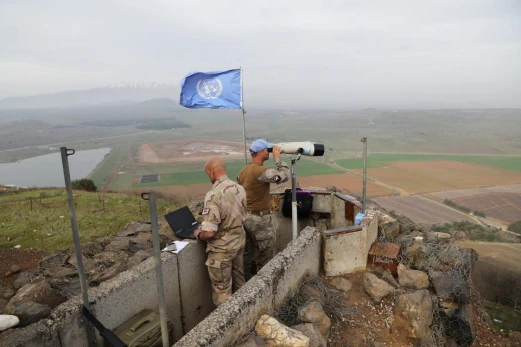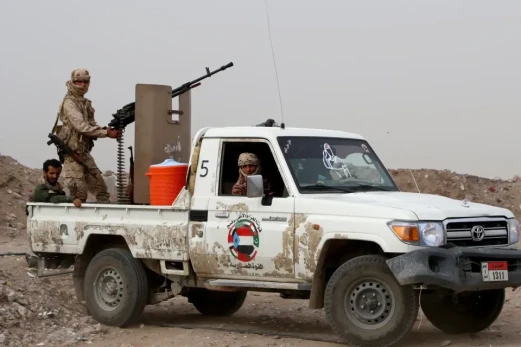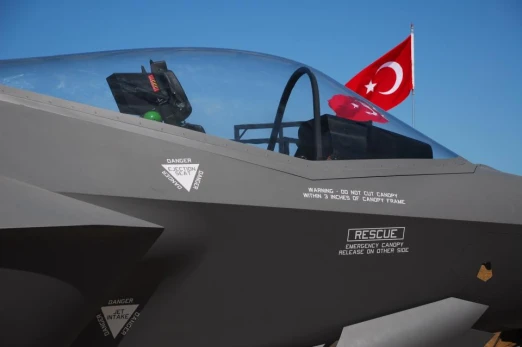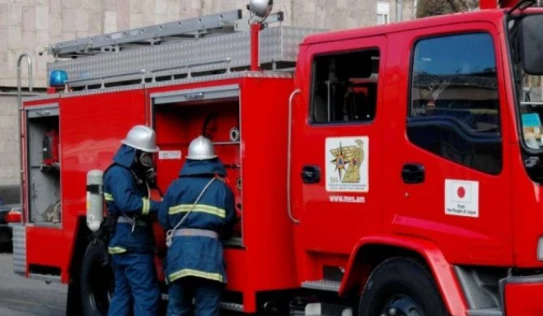Further escalation of the conflict in the Middle East could deplete the US missile arsenal. This was reported by The National Interest. According to it, the growing confrontation in the region “could devastate the United States’ missile arsenals, leaving bases and military installations in Europe and Asia vulnerable.”
We are talking, in particular, about the American SM-3 anti-aircraft guided missile installed on ships, a significant number of which have already been used in the Red Sea in connection with attacks by the Yemeni Houthis.
Earlier, the Pentagon sent THAAD (Terminal High Altitude Area Defense) missile defense batteries to Israel to repel a possible attack by Iranian ballistic missiles amid escalating tensions in the region. According to the publication, it will be placed next to the Israeli Strela system. The deployment of the THAAD battery and its associated team of U.S. troops is intended to help bolster Israeli air defenses following Iran's unprecedented attacks on Israel on April 13 and October 1, according to a statement by Pentagon spokesman Air Force General Patrick Ryder.
Given this, Washington "could soon face difficult choices about priorities," given that SM-3 and THAAD are critical "to the U.S. ability to defend bases in the Pacific from China and bases in Europe from Russia," The National Interest notes. On the evening of October 1, Iran launched a massive missile attack on Israeli territory in response to the killings of key individuals in the leadership of Hamas, the Lebanese Shiite organization Hezbollah and the Iranian Islamic Revolutionary Guard Corps (elite units of the Armed Forces). Tehran said 90% of the missiles successfully hit their intended targets, but Israel says Iran launched about 180 missiles and most of them were intercepted. On October 9, Defense Minister Yoav Galant warned that Israel was not abandoning plans to respond to the missile attack with a strike on Iran that would be so “deadly and unexpected” that the Iranians would not have time to understand anything.


























